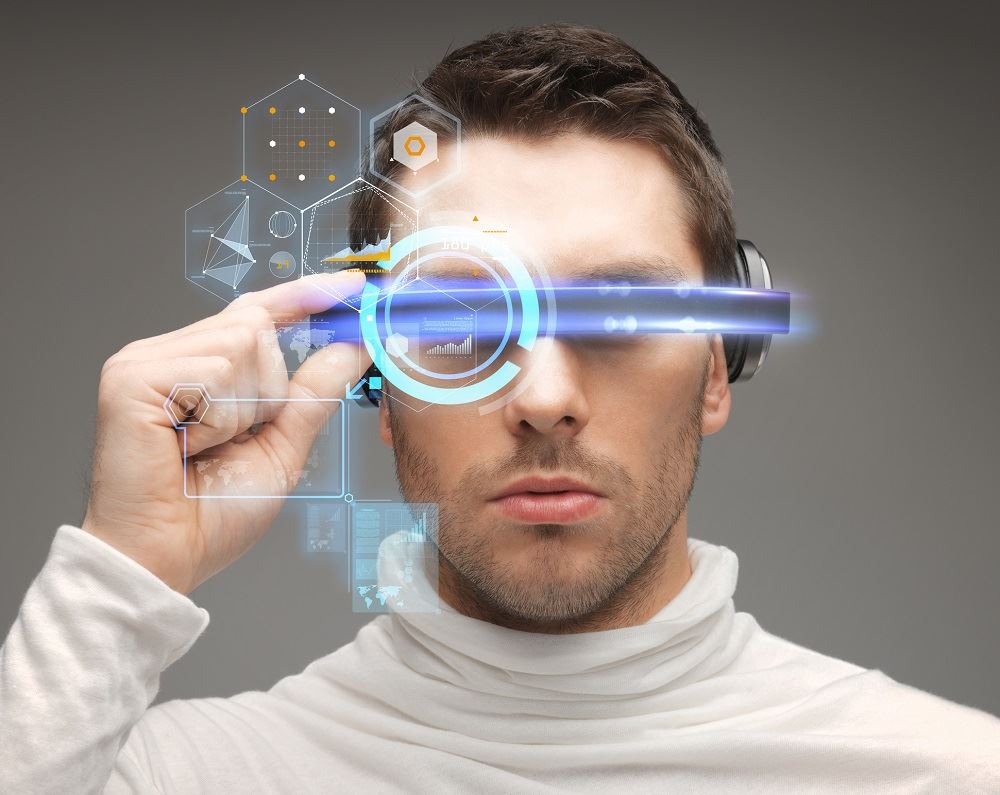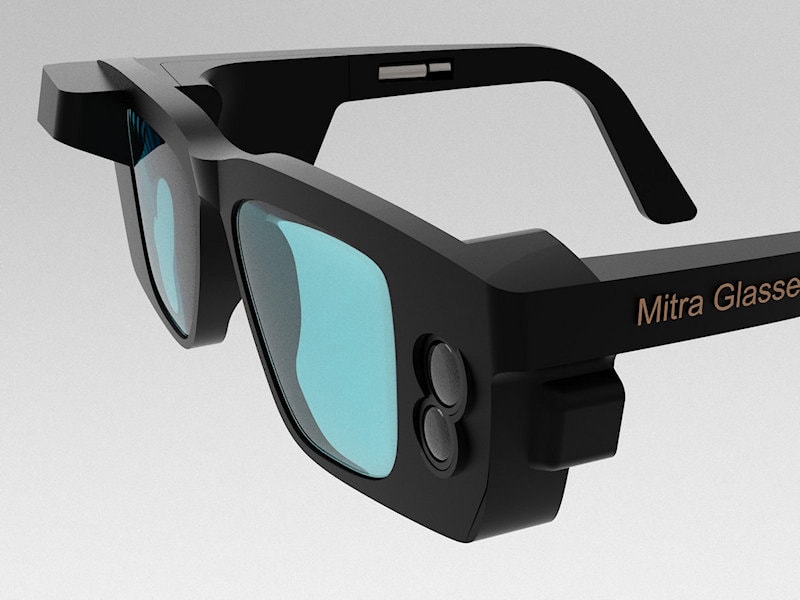Speech-to-Text Devices for Low Vision Users: Enhancing Communication and Productivity
Speech-to-Text Devices for Low Vision Users: Enhancing Communication and Productivity
Blog Article
Enhancing Access With Assistive Modern Technology for the Blind
The integration of assistive innovation for the blind stands for a critical development in availability, basically altering how individuals navigate their atmospheres and engage with culture. As we explore the diverse types of assistive devices and their tangible effects on day-to-day living, it becomes necessary to take a look at exactly how continuous technical improvements are reshaping the landscape of assistance for the blind area.
Introduction of Assistive Modern Technology
Assistive modern technology describes a series of gadgets and software application created to boost the abilities of individuals with impairments, including those who are blind or visually damaged. This innovation plays a crucial role in advertising freedom and enhancing the lifestyle for users. By giving different techniques for accessing info and doing daily jobs, assistive innovation empowers people to browse their settings more effectively.
The growth and implementation of assistive modern technology welcome a variety of principles aimed at promoting ease of access. These concepts include user-centered design, which prioritizes the demands and preferences of the person, and the integration of technology right into daily activities. Such improvements make certain that assistive tools are not only functional yet simple and also intuitive to use.
Moreover, assistive innovation incorporates a varied spectrum of options, from low-tech alternatives like magnifiers to high-tech technologies such as display readers and Braille screens. The ongoing evolution of this field is driven by the demand to address the distinct challenges encountered by people with aesthetic disabilities (Wearable technology for low vision). As technology remains to development, the capacity for boosting ease of access and promoting inclusivity continues to be appealing, ultimately adding to a much more fair society

Sorts Of Assistive Instruments
Countless types of assistive devices are readily available to support individuals that are aesthetically damaged or blind, each developed to deal with particular needs and challenges. These devices can be extensively classified right into 3 major types: low-tech, mid-tech, and high-tech services.
Low-tech devices consist of things such as magnifiers, Braille tags, and responsive maps. These are fairly easy devices that enhance the user's capacity to connect with their setting without needing complex modern technology.
Mid-tech gadgets usually entail more innovative functions, such as electronic magnifiers and portable Braille note-takers. These tools can offer functionalities like speech outcome, allowing customers to access details much more efficiently.

Influence On Daily Living
The schedule of different assistive gadgets significantly improves the lifestyle for individuals that are aesthetically impaired or blind, impacting their day-to-day living in extensive methods. By incorporating technologies such as screen viewers, Braille presents, and audio summary solutions right into their regimens, users get better autonomy and freedom. These tools promote accessibility to information, allowing individuals to perform day-to-day jobs, such as reviewing emails, navigating public rooms, and enjoying media content.
Furthermore, assistive tools equip people to engage even more totally in social interactions and community activities. The capability to use smart devices outfitted with accessibility features enables for seamless communication and link with others. This connectivity fosters a feeling of belonging and lowers sensations of isolation.
In expert setups, assistive Recommended Reading innovation supports performance by allowing people to full work tasks effectively. Devices like voice acknowledgment click for more software application and specialized zoom devices enable individuals to take part in the workforce on equivalent ground with their sighted peers.

Innovations in Modern Technology
Recent technological developments have considerably transformed the landscape of tools readily available for people that are visually impaired or blind. The integration of expert system (AI) and artificial intelligence has actually generated applications that enhance navigating and things recognition. As an example, mobile phone apps can currently use AI to recognize and describe surroundings in real-time, giving individuals with important contextual details.
Additionally, improvements in haptic innovation have resulted in the growth of wise walking sticks equipped with sensors that spot barriers and provide responsive responses. This equips individuals to browse their atmosphere with increased confidence and freedom. In addition, advancements in text-to-speech software application and braille display screens have boosted the ease of access of electronic web content, enabling seamless communication with numerous media.
Wearable innovations, such as clever glasses, are additionally making strides in helping aesthetic problems. These devices can offer enhanced fact experiences, overlaying vital details onto the customer's field of vision. Collectively, these developments not just improve the lifestyle for people that are blind however additionally advertise greater incorporation in society. As innovation remains to develop, the potential for even more transformative tools stays on the horizon.
Future Trends and Innovations
As technology quickly progresses, the future of assistive devices for people who are blind holds tremendous guarantee. Technologies in expert system (AI) and artificial intelligence are poised to reinvent the method blind individuals communicate with their settings. For instance, AI-driven applications are being established to improve things acknowledgment, permitting users to determine and navigate their surroundings with higher convenience and precision.
Moreover, innovations in haptic responses technology visit our website are making it possible for the creation of tactile maps and navigation aids that supply real-time info with touch. These developments not just improve mobility but likewise foster self-reliance. Additionally, wearable gadgets furnished with increased reality (AR) features are emerging, providing individuals visual information through audio descriptions, thus linking the space in between the physical and electronic worlds.
Additionally, the combination of clever home modern technology offers new opportunities for ease of access, permitting people to control their living environments with voice commands or mobile phone applications. As collaboration between tech programmers and the blind community proceeds, the concentrate on user-centered design will ensure that future advancements are tailored to satisfy the unique requirements of this population (Wearable technology for low vision). The trajectory of assistive modern technology assures a much more inclusive and empowering future for people who are blind
Final Thought
In conclusion, assistive innovation plays a critical function in enhancing access for individuals with visual problems. Continual developments in modern technology and user-centered style make sure that these tools provide properly to the distinct requirements of the blind neighborhood.
The assimilation of assistive technology for the blind represents a pivotal development in availability, basically altering how individuals browse their environments and engage with society.Assistive innovation refers to a variety of gadgets and software developed to enhance the abilities of individuals with disabilities, including those who are blind or visually impaired. Wearable technology for low vision.As modern technology swiftly proceeds, the future of assistive devices for individuals who are blind holds tremendous guarantee. The trajectory of assistive technology guarantees a more empowering and comprehensive future for people that are blind
In verdict, assistive modern technology plays a critical function in boosting availability for people with visual problems.
Report this page